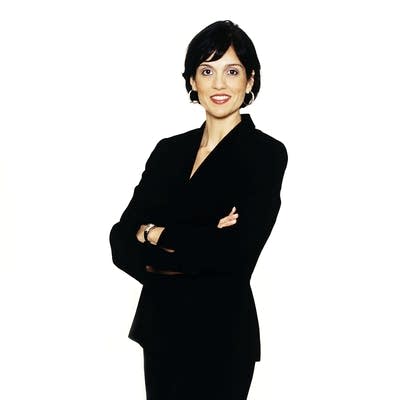Arts economy in the Twin Cities on uneven ground
Go Deeper.
Create an account or log in to save stories.
Like this?
Thanks for liking this story! We have added it to a list of your favorite stories.

It seems the Minnesota arts economy is facing both the best and the worst of the economic downturn.
While some organizations have laid off staff or cut programs because of the tight economy, others are announcing record ticket sales and successful capital fund drives.
Common sense would say this is not the time to try to raise money for a cultural institution.
However, on a recent weekday morning at the American Swedish Institute (ASI) in Minneapolis, hundreds of supporters gathered to hear music and some good news about funding a new building from President and CEO Bruce Karlstadt.
Turn Up Your Support
MPR News helps you turn down the noise and build shared understanding. Turn up your support for this public resource and keep trusted journalism accessible to all.
"We have raised, as of this date, $11 million to the $21.5 million goal in this final chapter of our campaign," Karlstadt said.
The Nelson Cultural Center will feature an art gallery, a studio, an event space for 325 people, a cafe, a shop, two commercial kitchens and offices. It will be housed in an elegant building inspired by Swedish design with a garden on the roof.
The ASI announcement came on the heels of the Minnesota Orchestra raising the money for a $40 million expansion of Orchestra Hall.

Yet just across Minneapolis, both the Children's Theater and the Walker Art Center just announced belt-tightening, including layoffs.
Many larger organizations have taken a double punch -- first at the box office then, as the recession pummeled, foundation grant money and endowments. Walker Director Olga Viso said she's heard many organizations have felt the pain, and anticipate more.
"I think for performing arts organizations you feel it much more quickly, with ticket sales and the challenges there where you are not relying so much on endowment," Viso said. "But for institutions which do rely on the endowment it's a much longer effect and, in many ways, the coming two fiscal years are harder than the last one."
So what's going on? Why the juxtaposition of good and bad news?
The McKnight Foundation's Neal Cuthbert said it's not exactly a timed perfect storm, but more of a lagged perfect storm.

Cuthbert has watched the Minnesota arts scene for years. He said most arts organizations are spread thin financially, and foundations such as McKnight plan their giving using an averaging method to smooth the impact of the ups and downs of the market. This means the initial precipitous declines of the downturn are only now really being felt.
"Next year, because we are going to have two years of recession in terms of our assets, or three years of recession, that's where it really starts to have some impact," Cuthbert said.
A year ago arts advocates were making dire predictions about how many Minnesota Arts organizations would collapse because of the downturn. It wasn't as widespread as first thought, but Minnesota Citizens for the Arts Executive Director Sheila Smith said there's still reason for caution.
"... I think we may lose a few organizations, especially as this recession drags on," Smith said.
Smith said that research from the National Association of State Arts Agencies explained the economic pressures.
"Very few organizations were expecting to end fiscal year '10 with an operating surplus, only 16 percent," she said. "Sixty-five percent of arts organizations have three months or less of cash on hand, which is pretty scary."

Smith said it's also important to remember that arts organizations tend to be hugely creative by nature, and are finding ways to survive. Many have or will benefit from money from Minnesota's new legacy fund, although the amounts are small, Smith admitted.
"It's not a panacea at all," she said.
There is also the bright sign coming from those capital campaigns that many people want to help the arts.
The Park Square Theater in St. Paul is raising $4 million for a renovation, a new second stage, and operating capital. Park Square's Director of External Affairs Michael-Jon Pease said it's been hard work. But despite, or possibly because of the economy, funders want to help, he said.
"No one's said 'no,'" Pease said. "We've just heard 'Here's how I can make it work.'"
Donors and foundations with money available which they didn't have a few months back are now coming forward, he said. Now, halfway through the campaign, Pease is learning about new realities in the arts economy.
"So I feel confident that we'll reach our goals," he said. "I am already certain we will not get there the way we thought we would, because everything just keeps shifting around."
Dear reader,
Political debates with family or friends can get heated. But what if there was a way to handle them better?
You can learn how to have civil political conversations with our new e-book!
Download our free e-book, Talking Sense: Have Hard Political Conversations, Better, and learn how to talk without the tension.





